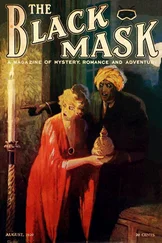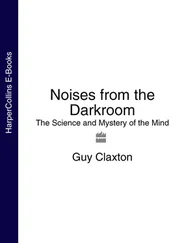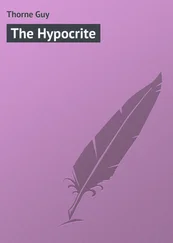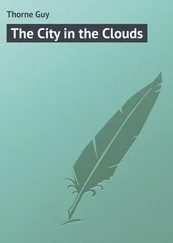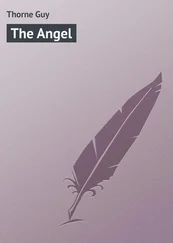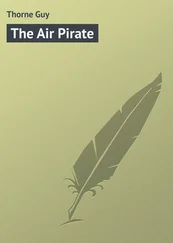Chapter 27. The Volcano’s Rim
This note is for readers who are familiar with the mathematical description of Newton’s laws of gravity and the conservation of energy and angular momentum. I challenge you to deduce the following formula for the volcano-like surface from (i) the Paczynski-Wiita approximate formula for Gargantua’s gravitational acceleration, g = GM /( r – r h ) 2(see the technical notes for Chapter 17, above) and (ii) the conservation laws for energy and angular momentum. The formula, using the notation of the technical notes for Chapter 17 plus L for the Endurance ’s angular momentum (per unit mass), is

.
The first term is the Endurance ’s gravitational energy (per unit mass), the second is its circumferential kinetic energy, and the sum of V ( r ) and the radial kinetic energy v 2/2 (with v its radial velocity) is equal to the Endurance ’s conserved total energy (per unit mass). The rim of the volcano is at the radius r where V ( r ) is a maximum. I challenge you, using these equations and ideas, to prove my claims, in Chapter 27, about the Endurance ’s trajectory, the trajectory’s instability on the rim of the volcano, and its launch toward Edmunds’ planet.
Chapter 30. Messaging the Past
In the bulk as well as in our brane, the locations in spacetime, to which messages and other things can travel, are controlled by the law that nothing can travel faster than light. We physicists use spacetime diagrams to explore the consequences of this law. We draw spacetime diagrams in which, at each event, there is a “future light cone.” Light travels outward from that event along the light cone; everything else, moving slower than light, travels from that event either along or inside the cone. See, for example, Gravity: An Introduction to Einstein’s General Relativity (Hartle 2003).
Figure TN.1 shows the pattern of future light cones inside and on faces of the tesseract, in my interpretation of Interstellar . (It is the mathematical description of spacetime warping that I refer to in footnote 1 of Chapter 30. Physicists call this pattern of light cones “the causal structure of spacetime” inside the tesseract.) Figure TN.1 also shows the world line (violet curve) of the gravitational-wave message (force) sent by Cooper through the tesseract’s interior to Murph’s bedroom; and the world line (red dashed line) of the light ray from the bedroom through tesseract faces, by which Cooper sees the bedroom. This is a spacetime version of the purely spatial diagram in Figure 30.5.
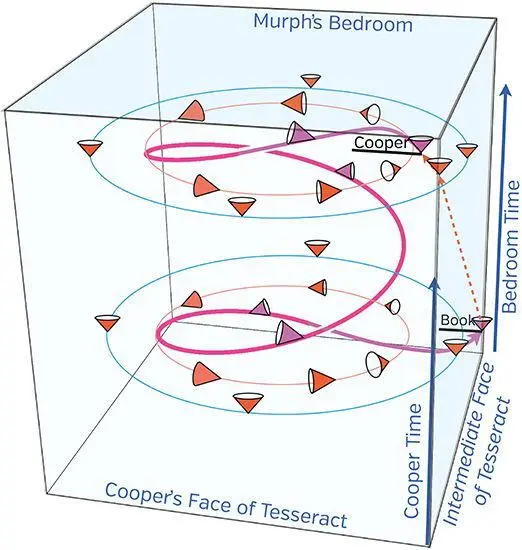
Figure TN.1. The causal structure of spacetime inside the tesseract with one space dimension omitted.
Can you understand from this diagram how it is that the gravitational-wave message travels at the speed of light, yet moves backward relative to bedroom time and Cooper’s time? And can you understand how, by contrast, the light ray travels at the speed of light and moves forward relative to bedroom time and Cooper’s time? Compare with our discussion of Escher’s drawing, Figure 30.6.
For welcoming me into Hollywood and teaching me so much about that remarkable world, I thank, first and foremost, my partner Lynda Obst; and also Christopher Nolan, Emma Thomas, Jonathan Nolan, Paul Franklin, and Steven Spielberg.
I thank Lynda for the friendship and collaboration that gave birth to the treatment from which Interstellar sprang, and for guiding Interstellar through its trials and tribulations until it landed in the remarkable hands of Christopher Nolan, who transformed it so greatly.
For welcoming me into the visual-effects world and giving me the opportunity to lay foundations for visualizing Interstellar ’s wormhole and the black hole Gargantua and its accretion disk, I thank Paul Franklin, Oliver James, and Eugénie Von Tunzelmann; and for collaborating tightly with me on those foundations, I thank Oliver and Eugénie.
For wise comments and suggestions on the manuscript of this book, I’m grateful to Lynda Obst, Jeff Shreve, Emma Thomas, Christopher Nolan, Jordan Goldberg, Paul Franklin, Oliver James, Eugénie Von Tunzelmann, and Carol Rose. For their dogged commitment to accuracy and consistency in every line of the manuscript, I thank Leslie Huang and Don Rifkin. For crucial assistance and/or advice about figures, I thank Jordan Goldberg, Eric Lewy, Jeff Shreve, Julia Druskin, Joe Lops, Lia Halloran, and Andy Thompson. For crucial assistance in getting permission for use of figures, I thank Pat Holl. And for making the book a reality, I’m grateful to Drake McFeely, Jeff Shreve, Amy Cherry, and my Hollywood attorneys Eric Sherman and Ken Ziffren (yes, most everyone who works in Hollywood has to have an attorney or agent; even a scientist on the fringes).
And for her patience and support throughout this adventure, I’m grateful to my wife and life partner, Carolee Winstein.
Following figures © Warner Bros. Entertainment Inc.: 1.2, 1.3, 3.4, 3.6, 5.6, 8.1, 8.5, 8.6, 9.7, 9.9, 9.10, 9.11, 11.1, 14.9, 15.2, 15.4, 15.5, 17.5, 17.9, 18.1, 19.2, 19.3, 20.1, 20.2, 24.5, 25.1, 25.7, 25.8, 25.9, 27.8, 28.3, 29.8, 29.14, 30.1, 31.1
Following figures © Kip Thorne: 2.4, 2.5, 3.2, 3.5, 4.3, 4.4, 4.8, 4.9, 5.1, 5.2, 5.3, 5.4, 6.1, 6.2, 6.3, 6.4, 6.5, 7.1, 7.2, 7.3, 7.5, 8.2, 8.7, 9.8, 13.4, 13.5, 13.6, 14.5, 15.1, 15.3, 16.2, 16.5, 16.8, 17.1, 17.2, 17.3, 17.4, 17.6, 19.1, 21.3, 22.2, 22.3, 22.4, 23.2, 23.5, 23.6, 23.7, 23.8, 24.1, 24.4, 24.6, 24.7, 25.2, 25.3, 25.5, 25.6, 26.5, 26.10, 26.11, 26.12, 26.13, 27.1, 27.3, 27.6, 27.10, 28.2, 29.1, 29.2, 29.12, 30.2, 30.3, 30.4, TN.1
1.1:Carolee Winstein
1.2:Melinda Sue Gordon. © Warner Bros.
1.3:Tyler Ott
1.4:Rosie Draper
2.1:NASA, N. Benitez (JHU), T. Broadhurst (Racah Institute of Physics/The Hebrew University), H. Ford (JHU), M. Clampin (STScI), G. Hartig (STScI), G. Illingworth (UCO/Lick Observatory), the ACS Science Team, and ESA
2.2:Adam Evans, www.sky-candy.ca
2.3:Courtesy of NASA/SDO and the AIA, EVE, and HMI science teams
2.6:Property of the estate of Matthew H. Zimet. Courtesy Eva Zimet
2.7:© Best View Stock/Alamy
2.8:Image of Earth: NASA
2.9:© Picture Press/Alamy
2.10:© Russell Kightley/Science Source
2.11:Image of Earth: NASA
3.1:Waldseemuller map: map image courtesy of the Norman B. Leventhal Map Center at the Boston Public Library/Sidney R. Knafel Collection at Phillips Academy, Andover, MA. Ortelius map: from Library of Congress Geography and Map Division Washington, D.C. Bowen map: Geographicus Rare Antique Maps
3.3:Double Negative Visual Effects: Eugénie von Tunzelmann and Oliver James.
3.6:Kip Thorne. © Warner Bros.
4.2:United States Government, adapted by Kip Thorne
4.5:© Lia Halloran, www.liahalloran.com
4.6:© Lia Halloran and Kip Thorne
4.7:© Lia Halloran and Kip Thorne
5.5:Courtesy NASA/JPL-Caltech
5.6:Double Negative Visual Effects: Eugénie von Tunzelmann and Oliver James.
5.7:Karl Schwarzschild: photograph by Robert Bein, courtesy AIP Emilio Segrè Visual Archives. Roy Kerr: Roy P. Kerr. Stephen Hawking: © Richard M. Diaz. Robert Oppenheimer: en.wikipedia.org—J._Robert_Oppenheimer. Andrea Ghez: Mary Watkins (UCLA)
Читать дальше
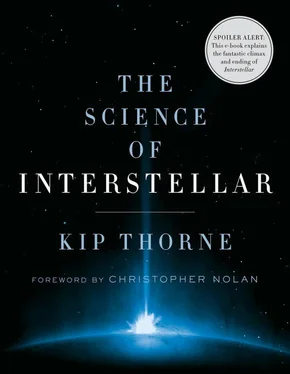
 .
.
